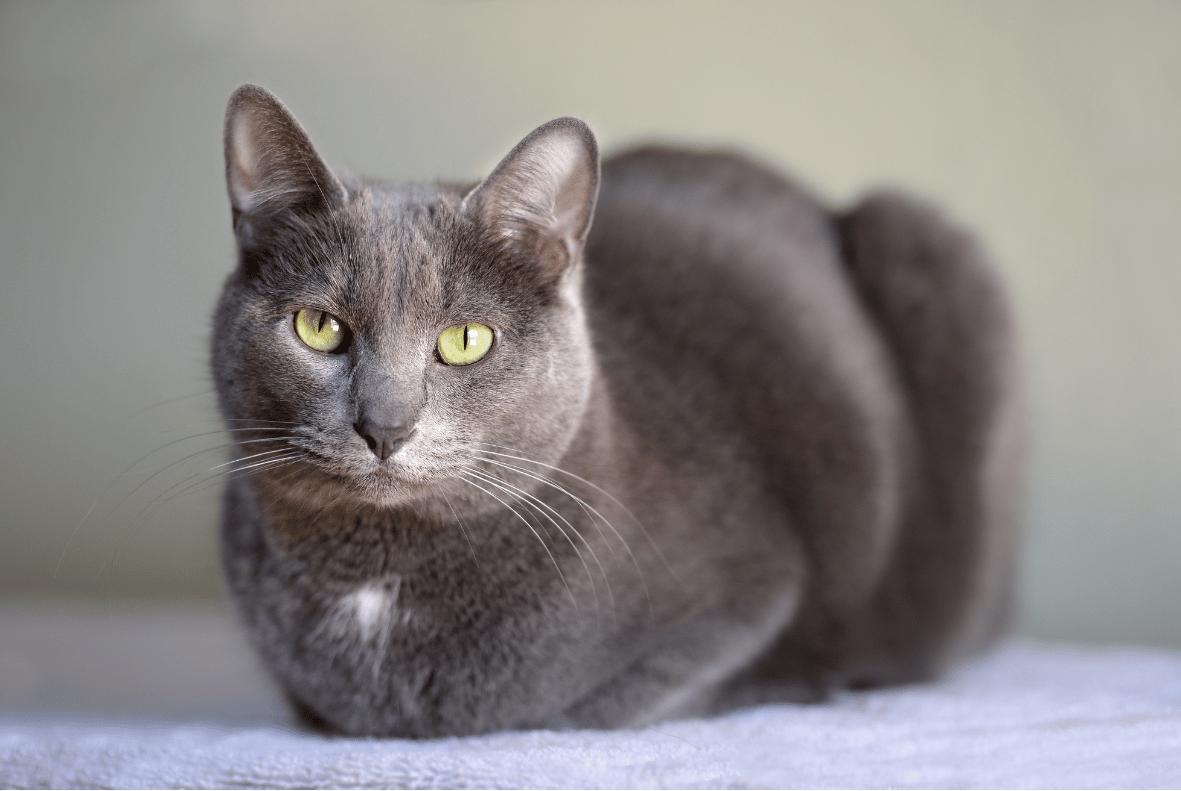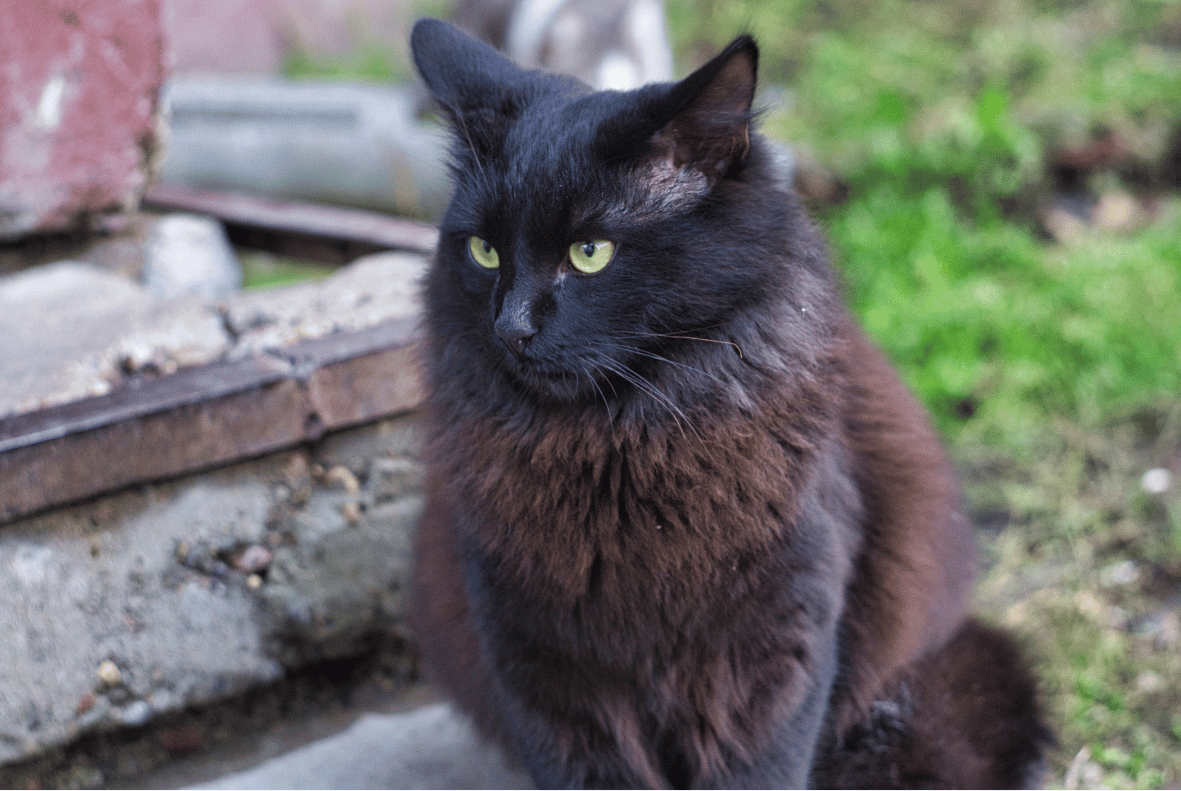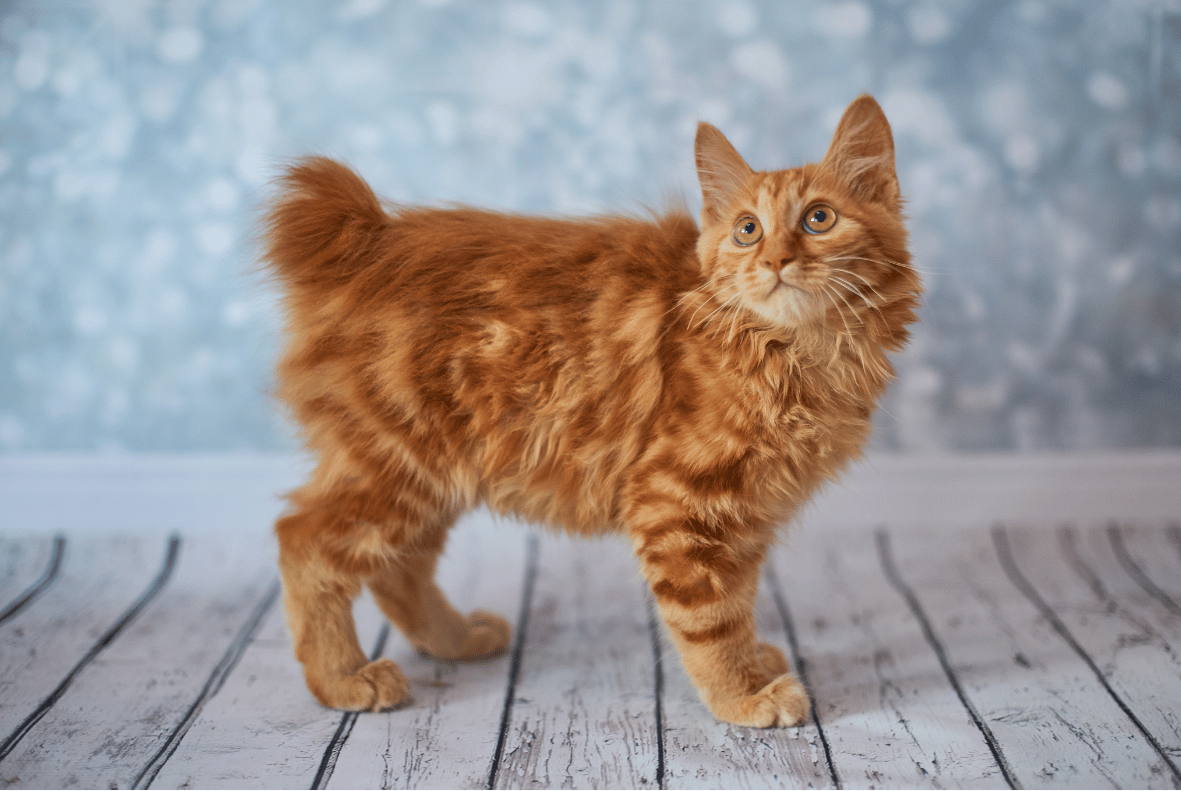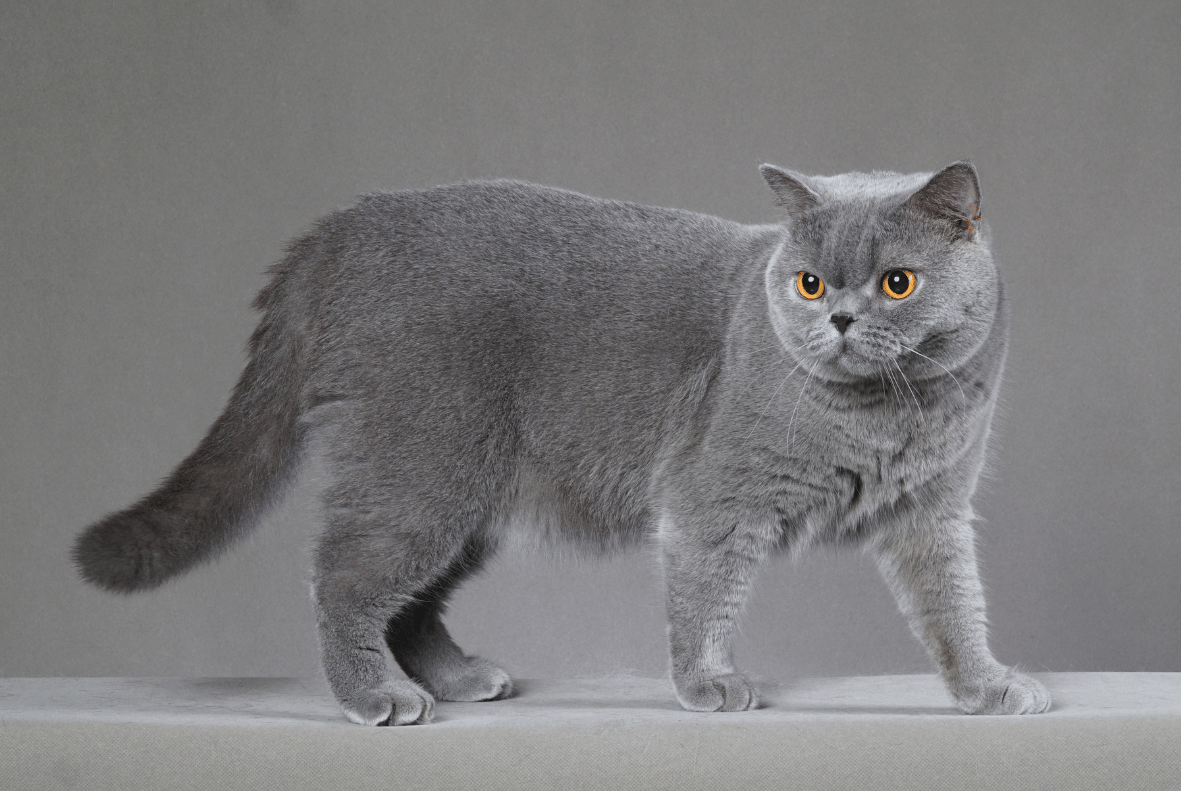Persian Cat Insurance
Get a quoteAre you looking to insure your Persian? It's worth considering Persian pet insurance if you are looking to protect yourself against unexpected vet bills.
Persian Character
Persian Appearance
Conditions which affect this breed
Weird Fact..
American writer Mark Twain owned a Persian cat called Bambino. According to his biographer, it was Twain's favourite cat, and he used to write with the cat perched on his shoulder.
Persian History
The Persian cat, believed to have originated in 17th-century Persia (modern-day Iran), gained popularity in Europe among the upper classes through traders' introductions. In the late 1800s, Persians appeared in English cat shows, prompting further refinement and development. By the early 1900s, these cats reached the United States, where breeders continued to enhance their breed, particularly focusing on their defining feature: the long, luxurious coat.
Throughout their history, Persian cats' appearance evolved, including the controversial development of the flat-faced Persian, or "Peke-faced" Persian, in the mid-20th century. Many now advocate for a return to a healthier facial structure. While their exact origins remain largely unrecorded, historical references to longhaired cats in the region date back centuries.
Persian Insurance
When looking to insure your Persian its worth shopping around, with a Persian insurance comparison you may be able to save both time and money so why not get a Persian insurance quote today.
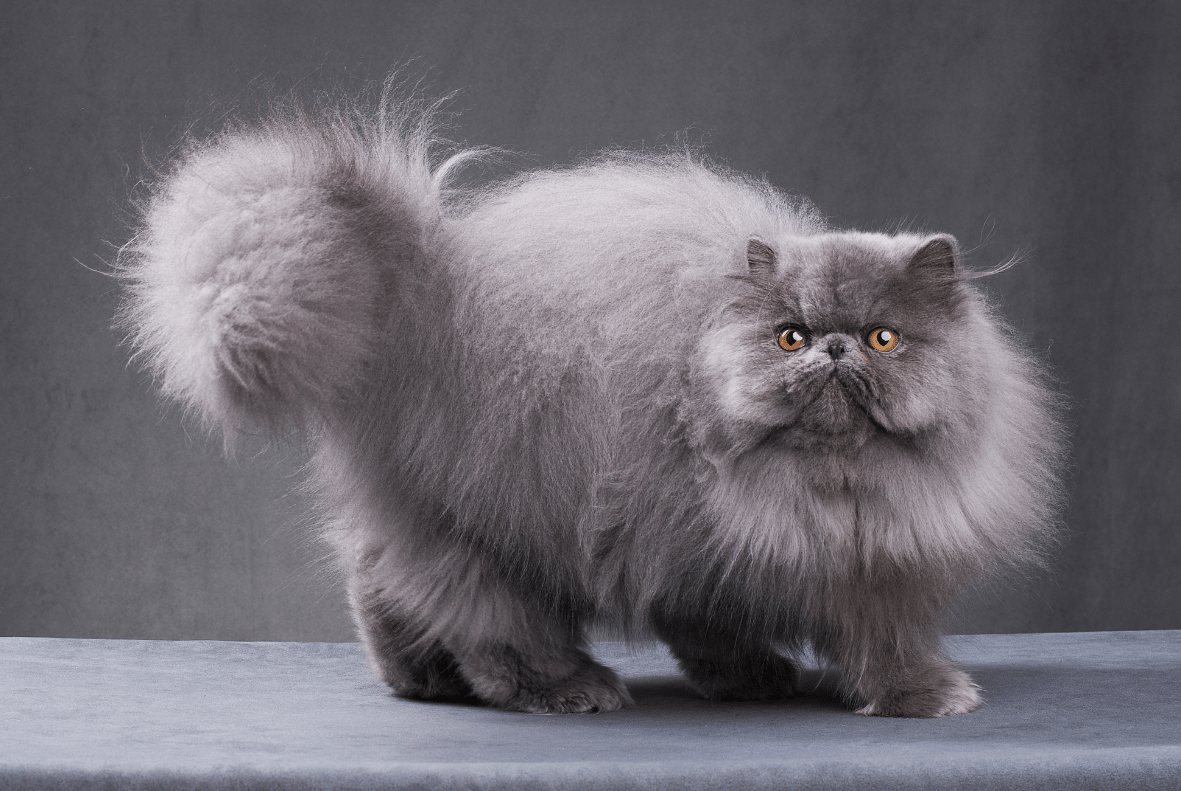
Size: Medium
Life span: 10 / 11 years
Exercise: Up to 30 mins per day
Home size: Small
Coat length size: Long
Sheds: True
